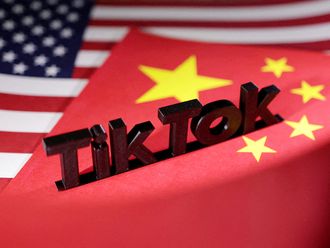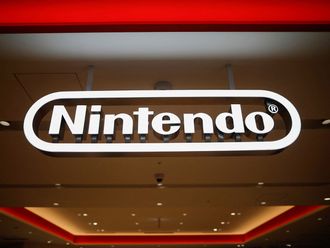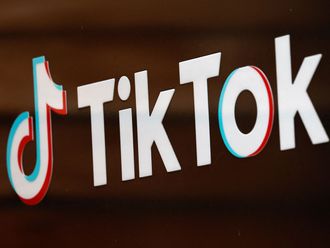Since Motorola first introduced the concept of a handheld mobile phone on April 3, 1973, the world of telecommunications has not looked back.
According to a recent report by mobiThinking, there are now over 6.5 billion mobile subscribers, with the Middle East on track to cross the 300 million mark before end 2013.
It is now more imperative for brands and advertisers to understand the fundamentals between mobile advertising and mobile marketing and how the ever-changing mobile ecosystem interplays within these delicate relationships. When trying to define mobile advertising, the best way to categorise it is as ‘space’ on mobile media properties or assets that are purchased for the purposes of advertising.
The various mobile advertising channels that would fall under this category are ones most consumers are now familiar with, these being mobile ad banners, in-app ad banners, in-game ads, mobile augmented reality, idle screen ads, notification message advertising, voice/ringback tone ads, location-based mobile ads, search ads and mobile video ads on mobile.
Importantly, these channels, which do not require consumer permissions, are all forms of ‘pull’ advertising whereby the consumer has the power to choose or even demand the information that suits their purpose.
Mobile marketing is different, since it is a discipline more akin to direct marketing. Essentially, a sales and promotion technique in which the promotional material is delivered individually to customers via the mobile device.
Examples of this discipline are the sending of SMS, MMS or WAP messages, Bluetooth messaging and other ‘push’ based mobile channels, whereby messages are typically delivered directly to the consumer and often en-masse.
Typical mobile marketing solutions such as “Text and Win” promotions use SMS messaging and back-end software systems that trigger responses to a user once they have initiated the process by sending a message to a designated short code.
Promotions such as these have proved extremely popular. The main advantage is the seamless integration with offline media, whereby the user is triggered to interact based on seeing an above-the-line ad.
Search for information
According to Aegis Media’s CCS 2012 report, 26 per cent of UAE consumers regularly search for information via the Internet immediately upon seeing something on TV. There are many other forms of mobile marketing including CRM and loyalty related marketing solutions — predominantly using messaging.
Where mobile advertising does not typically demand consumer permissions (unless in cases where privacy and personal data are concerned), mobile marketing does due to the types of interactions. By default, it makes this discipline less intrusive and puts a stronger focus on relevance and value.
Often referred to as ‘pull’ marketing, content is created that puts more of a focus on the quality to draw the consumer into interacting with your ad. However, due to a lack of legislative support towards data privacy within the region, a number of third-party suppliers have been able to fill the gap of a lack of data and brands are now utilising them to target their prospects without permission. I do believe that this practice will begin to be phased out due to public pressure and the current climate surrounding data privacy.
A trend that we foresee is mobile ad networks becoming increasingly prominent in the mobile eco-system. They offer a wide array of ‘pull’ inventory, linking with multiple exchanges as well as other ad networks.
Mobile ad networks must lead the eco-system, but must do so in partnership with operators through consolidation of their respective inventory and technologies.
While the disciplines of mobile marketing and advertising differ in their tactics, the end result is still the same, to get your product or service in front of potential consumers. With this in mind, it is important to remember that the players throughout the mobile eco-system all contribute significant roles in the mobile advertising/marketing value chain.
However, the current state of the global industry is one of fragmentation. Services and roles are currently fragmented across these players, mainly according to their expertise and ownership of their respective assets. Consolidation and alliance in certain areas, with clear differentiation of roles is crucial to move this high potential industry forward.
— The writer is the CEO of Digital Republic.











